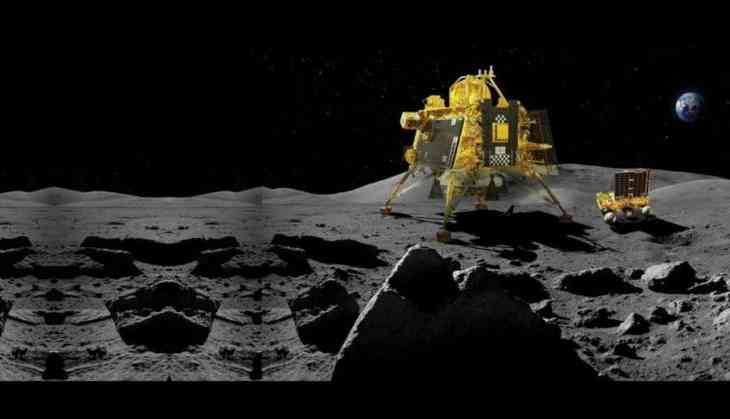
Jaipur: In a groundbreaking achievement, India's Chandrayaan-3 mission has successfully recorded over 250 moonquakes on the lunar surface, providing crucial insights into the moon's internal dynamics. The mission's lander, Vikram, equipped with five scientific instruments, including the Instrument for Lunar Seismic Activity (ILSA), detected the moonquakes in the lunar south polar region.
According to scientists, the recorded moonquakes can be attributed to two primary sources: the rover's movement and the moon's internal seismic activity. While approximately 200 moonquake signals were recorded due to the rover's movement, about 50 signals were detected independently, indicating the moon's internal seismic activity.
The ILSA instrument, designed to detect moonquakes, was operational for 190 hours and recorded over 250 moonquake signals. The instrument is equipped with a silicon micro-machining sensor technology, enabling it to detect even the slightest moonquake signals.
Scientists believe that the recorded data will be instrumental in understanding the moon's internal dynamics and its seismic activity. The study, published in the science journal Icarus, provides new insights into the moon's south polar region, which could be crucial for future lunar missions.
The recorded moonquake data also revealed some fascinating facts. For instance, the longest moonquake signal recorded lasted for 14 minutes, coinciding with the rover's movement. The data also showed that the moonquake signals were stronger when the rover was closer to the lander, with a distance of about 7 meters. As the distance increased to 12 meters, the moonquake signals weakened.
The Chandrayaan-3 mission's achievement is significant, as it provides valuable data for understanding the moon's internal dynamics, which could be crucial for future lunar missions and potential lunar settlements.
This groundbreaking study, led by the Indian Space Research Organisation (ISRO), has opened up new avenues for understanding the moon's seismic activity and its internal dynamics. The data collected by Chandrayaan-3 will be instrumental in shaping future lunar missions and providing valuable insights into the moon's mysteries.


